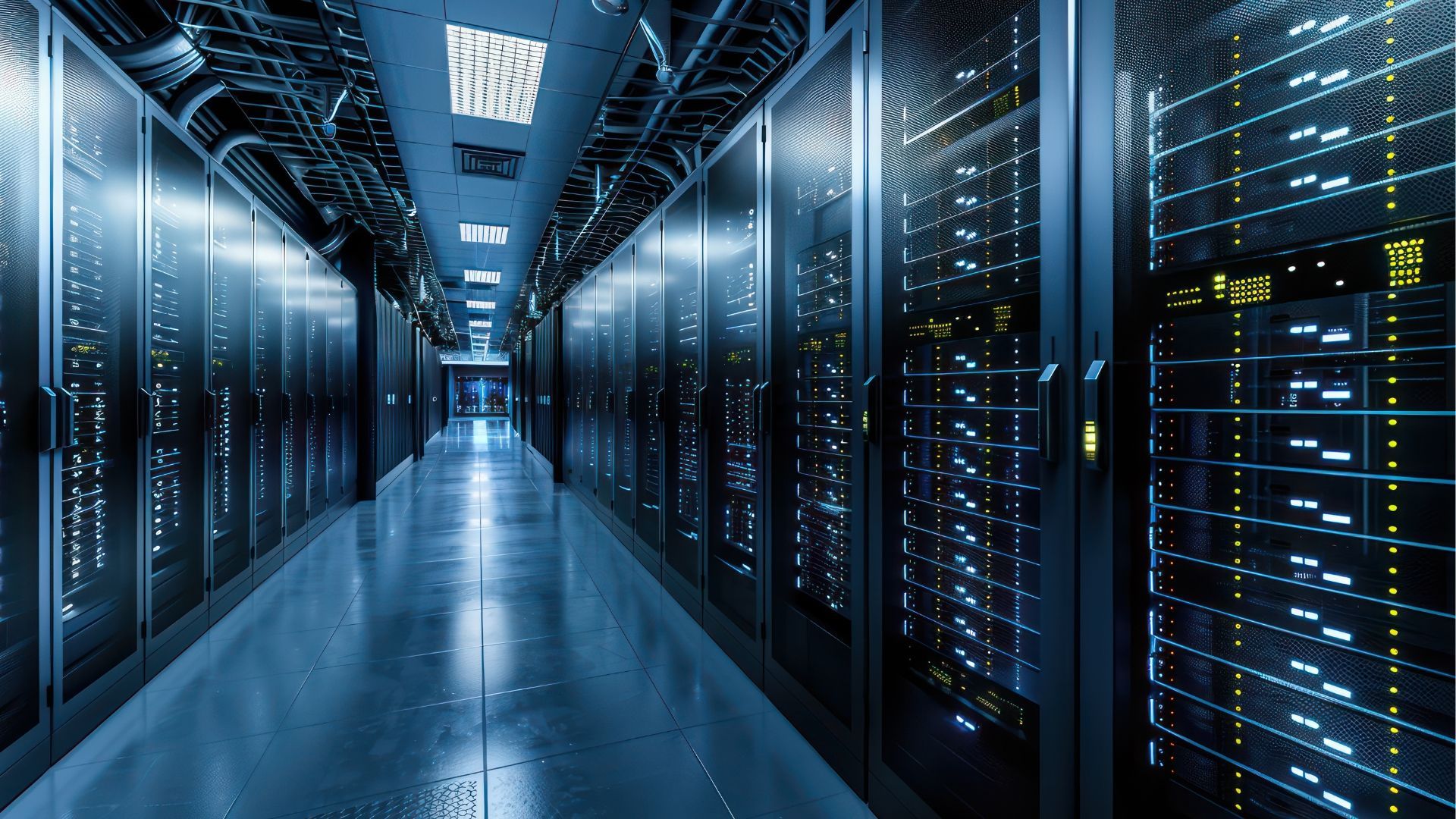Cloud computing history part 3: the cloud goes mainstream
When did the cloud go mainstream? How has it transformed business and entertainment? Learn more as we trace the history of the modern cloud.
Welcome to the third and final part of our series on the history of cloud computing.
In our
last article, we took a whirlwind tour of the late 20th century – from the first virtual machines in the 1970s to the creation of SaaS in 1999. Along the way, we took in the birth of the world wide web, the beginnings of grid computing and the arrival of the cloud.
Today, we're continuing our journey through the clouds from the turn of the century on.
The early 2000s
Many of the household names in cloud computing entered the scene in the 2000s.
In 2002, Amazon began to be more than just a retailer with the launch of Amazon Web Services (AWS). This provided APIs for web developers. It went on to introduce enterprise services, renting out storage and computing power to companies – first as Simple Storage Service (2006), then as Elastic Compute Cloud (2008).
2006 was a busy year for the cloud – it was also the year in which Google rolled out Google Docs.
Google Docs harnessed the power of the cloud to provide a service that was available on any operating system, on any physical device and from any location.
It was (and is) collaborative. You don't need to email a file back and forth to get feedback – you and your colleague can work on the same document wherever you are.
This emphasis on collaboration is everywhere in cloud technologies. Google Docs is to Microsoft Word what Spotify is to your CD racks – instead of sending mix tapes in the post, you can collaborate on playlists.
A year after Google Docs was launched, Netflix moved from being a DVD delivery service to the online streaming platform that now boasts over
200 million subscribers.
Netflix is an example of cloud computing's ripple effect. It hasn't only changed the way we consume films and TV shows – it's also affected the way they're made, with creators now catering to binge-watchers.
Nowadays, it's not only arthouse films that last an eternity. We don't know for certain, but we suspect that a DC film like
Zack Snyder's Justice League would be shorter than four hours if it weren't for the effects of box-set bingeing.
Similarly, a service like iCloud hasn't just changed the way we store personal memories – it also affects how we share and revisit them.
Behind the scenes
These household names were made possible by something far more rarefied – the concept of virtualisation.
This is the simulation of hardware on virtual systems. Multiple operating systems and applications can be run on a single server – putting an end to the jungles of hardware and cables that used to fill our offices.
Virtualisation makes these services scalable. It also slashes the costs of maintenance and repair.
As we've seen, the seeds of virtualisation were sown all the way back in the 1950s. However, the noughties saw it change from a niche concept to a bona fide paradigm.
Business and pleasure
Broadly speaking, cloud technology in the 2000s served two different markets. The first was to provide storage and CPU to businesses. The second was for entertainment.
The selling point for cloud-based entertainment was that you could access it anywhere, anytime – all you needed was a stable internet connection.
This can be seen in Microsoft's commercials for the now-defunct Windows Live and its tagline "to create and share. Anywhere."
In
one , a couple waiting for a delayed flight are rescued by the TV shows they've saved on a separate device. No need for DVDs: as our hero says, "it's like we're right there at the house". In
another, a mother edits a family snap to create "a photo I can share without ridicule".
At the same time, AWS and Google were creating tools that businesses use to this day – all of which offer a level of flexibility, scalability and cost-effectiveness that legacy hardware can't deliver.
Cloud security and the hybrid cloud
Cybersecurity used to mean anti-virus software – but the expansion of cloud technologies has led to a huge change in security.
No longer is your worst nightmare a bit of malware on a floppy disc – it's someone breaking into your cloud-based vaults and having unfettered access to your data.
To get a sense of the scale of the problem, think about the data breaches that Yahoo! suffered in 2013 and 2014. This affected all three billion of its users. Contact details, security questions and passwords were all exposed.
Data breaches on this scale led to great leaps forward in cybersecurity. Nowadays, two-factor authentication is the norm – along with something called "zero-trust" security.
This is an approach to security that assumes a breach will happen. Any user or device joining a network is considered suspect.Zero-trust security is now an integral part of many security solutions – in large part because of the need to guard data and apps stored and run on cloud services.
Security concerns also led to more and more firms embracing "the hybrid cloud". This is where applications are run in more than one environment. The most common version of this is where a business uses both a private data centre and a public service such as Google Cloud.
Containers
Another development in cloud computing has been the introduction of containers.This is a method of deploying software that involves bundling an application together with all its supporting files – creating a single software package that can be deployed anywhere.
This is another example of how cloud technology creates floating services that aren't tied to individual locations. A container can be deployed reliably in a private data centre, a public cloud service or on an individual laptop without any changes needing to be made.
Conclusion
So there you have it – a whistle-stop tour of cloud computing since the millennium. We can't tell you exactly where it's heading next – but in the meantime, we're more than happy to help if you need support with your
cloud migration process.
With over 400 successful migrations and counting, we know the process like the back of our hand – so if you're looking to migrate, please don't hesitate to
get in touch.












